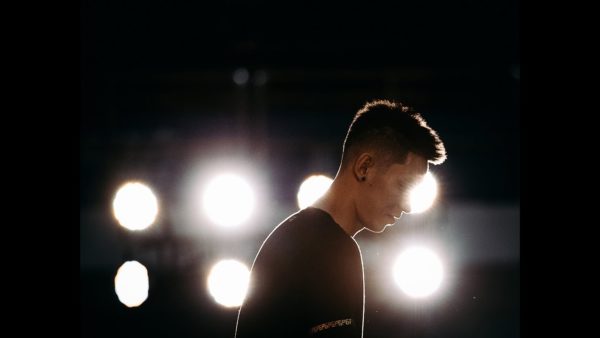
By Matthew Heng
Do you remember Linsanity? February 2012 was over a decade ago, but Jeremy Lin’s impact on Asian American culture didn’t end when the headlines stopped. Rather, his most important work might be happening right now, as he’s transformed from a basketball phenomenon to a sustained voice for Asian American advocacy.
During his Knicks moment, Lin was careful about being labeled the “Asian American athlete”. He just wanted to play basketball without carrying the weight of representing an entire community. The pressure was immense, every turnover wasn’t just a basketball mistake, it was somehow a reflection on Asian American capability. He deflected questions about race, preferring to talk about screens and pick-and-rolls.
But something shifted as his NBA career continued beyond the spotlight. The guy who once carefully avoided discussing discrimination became someone willing to speak directly about Asian American experiences. This transformation became most visible during the rise in anti-Asian hate crimes during the pandemic. While many public figures remained silent or offered generic statements, Lin used his platform to address racism head-on, sharing his own experiences with discrimination and calling for community solidarity.
In Instagram posts and interviews, he started talking about being called “coronavirus” on the court, about the subtle and not-so-subtle ways Asian Americans face discrimination in sports and beyond. It was a far cry from his cautious Linsanity-era interviews where he’d diplomatically redirect conversations back to basketball fundamentals.
Lin’s post-peak work reveals an impressively intentional approach to influence. Through the Jeremy Lin Foundation, he’s committed significant resources to Asian American youth organizations, but with a specific focus on bridge-building with other communities of color. The foundation’s “Stronger Together Collaborative” represents a sophisticated approach to coalition-building that goes well beyond feel-good charity work.
His business ventures tell a similar story of strategic Asian American engagement. From investing in Indonesian startups like Rukita to becoming a global brand ambassador for LingoAce, an Asian education technology company, Lin has positioned himself as a bridge between Asian American identity and broader Asian markets. These aren’t random business decisions; they’re calculated moves that show his unique position in both American and Asian cultural areas.
What’s particularly interesting is how these ventures demonstrate a more complex understanding of Asian American identity than the simplified narratives that dominated his Linsanity coverage. Instead of just being the “Asian American basketball player,” he’s become someone who understands how Asian American experiences connect to Asian communities worldwide and business opportunities across Asia.
The amazing thing about Lin’s impact is how he’s broken out of the “model minority” narrative that was early on used to frame his story. Early coverage depended on well-worn tropes of Asian American success, the Harvard education, the family legacy, the stoic determination to overcome adversity through sheer individual will. While these aspects of his story still remain pertinent, Lin has emerged as someone who is no longer content to transcend systems by succeeding individually, but is now willing to challenge them.
His eagerness to tackle racism explicitly, invest in social justice causes, and build alliances with other communities of color represents a more subtle and ultimately more powerful form of Asian American leadership. He’s demonstrated that Asian American power doesn’t have to be confined to individual success stories, it can be collective, political, and transformative.
This expansion matters since representation isn’t a flashpoint event—it’s what happens when the cameras are turned off. Lin understood that Linsanity was the beginning, not the culmination, of his cultural impact. By continuing to be present, vocal, and engaged with Asian American communities, he’s demonstrated that meaningful representation requires a long-term commitment.
Now we have Asian American athletes like Chloe Kim and Nathan Chen, among others, who feel comfortable using their platforms for social change early in their careers. There were numerous reasons for this shift, but Lin’s evolution from an unwitting symbol to a considerate advocate offered a roadmap on how Asian American public figures can navigate representation and responsibility.
The kids who wore Jeremy Lin jerseys back in 2012 are young adults now launching careers of their own, many of them carrying the lesson that Asian American identity can be embraced as well as leveraged for social change more broadly. They’ve watched Lin demonstrate that you don’t have to choose between personal achievement and community activism, you can actually utilize the former to fuel the latter.
As Lin continues his professional basketball career abroad, his influence in Asian American communities remains and continues to increase. He’s demonstrated that cultural significance does not have to be accompanied by sustained mainstream American sports fame—it requires consistency, sincerity, and a willingness to stretch beyond your initial platform. It was the court that made Jeremy Lin so famous. What he’s done off of it has made him great, and his legacy is still being written.





